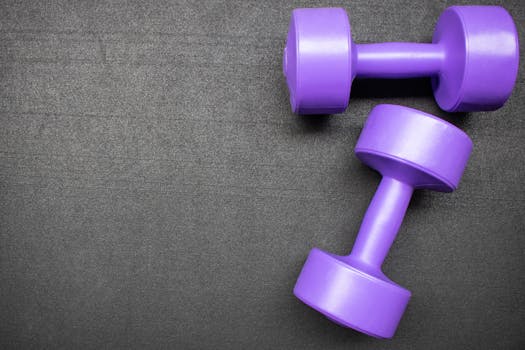
Introduction to HIIT

High-Intensity Interval Training (HIIT) has emerged as one of the most efficient workout methodologies for fat loss. It involves short bursts of intense exercise followed by brief recovery periods, maximizing calories burned in a shorter timeframe. This article explores the mechanics of HIIT, its benefits, and how to incorporate it into your fitness routine.
How HIIT Works

HIIT workouts typically alternate between high-intensity exercise and low-intensity recovery. For example, a 30-second sprint followed by a 1-minute walk constitutes one interval. This pattern not only increases your heart rate but also enhances your metabolic rate, leading to greater fat loss during and after your workout.
The science behind HIIT lies in its ability to induce the afterburn effect, known as excess post-exercise oxygen consumption (EPOC). After a HIIT session, your body continues to burn calories at an elevated rate, which can significantly contribute to fat loss over time.
Benefits of HIIT for Fat Loss

HIIT offers numerous advantages for those looking to shed fat:
- Time Efficiency: HIIT workouts can be completed in as little as 20-30 minutes, making them perfect for those with busy schedules.
- Increased Fat Oxidation: HIIT has been shown to increase the rate of fat oxidation, assisting in significant fat loss.
- Improved Cardiovascular Health: Engaging in HIIT can enhance cardiovascular fitness, reducing the risk of heart disease.
- Muscle Preservation: Unlike steady-state cardio, HIIT helps maintain muscle mass while promoting fat loss.
Getting Started with HIIT

To start incorporating HIIT into your fitness routine, follow these steps:
- Choose Your Exercises: Select a mix of cardio and strength exercises you enjoy, such as sprinting, cycling, or bodyweight movements.
- Determine Your Intervals: A common structure is 30 seconds of high intensity followed by 1-2 minutes of recovery. Adjust based on your fitness level.
- Warm-Up: Always begin with a 5-10 minute warm-up to prepare your body and reduce the risk of injury.
- Stay Consistent: Aim for 2-3 HIIT sessions per week, allowing for recovery days in between.
Safety Tips and Considerations

While HIIT is effective, it’s essential to prioritize safety:
- Listen to Your Body: Pay attention to how your body responds and modify the intensity as needed.
- Consult a Professional: If you’re new to exercising or have existing health concerns, consult a fitness professional or healthcare provider before starting HIIT.
- Focus on Form: Maintain proper form during exercises to prevent injury, particularly during high-intensity intervals.
Incorporating High-Intensity Interval Training into your workout routine can be a game-changer for fat loss and overall fitness. With its efficiency and effectiveness, HIIT is not only a time-saver but also a powerful tool for achieving your fitness goals. Start today and experience the benefits for yourself!






